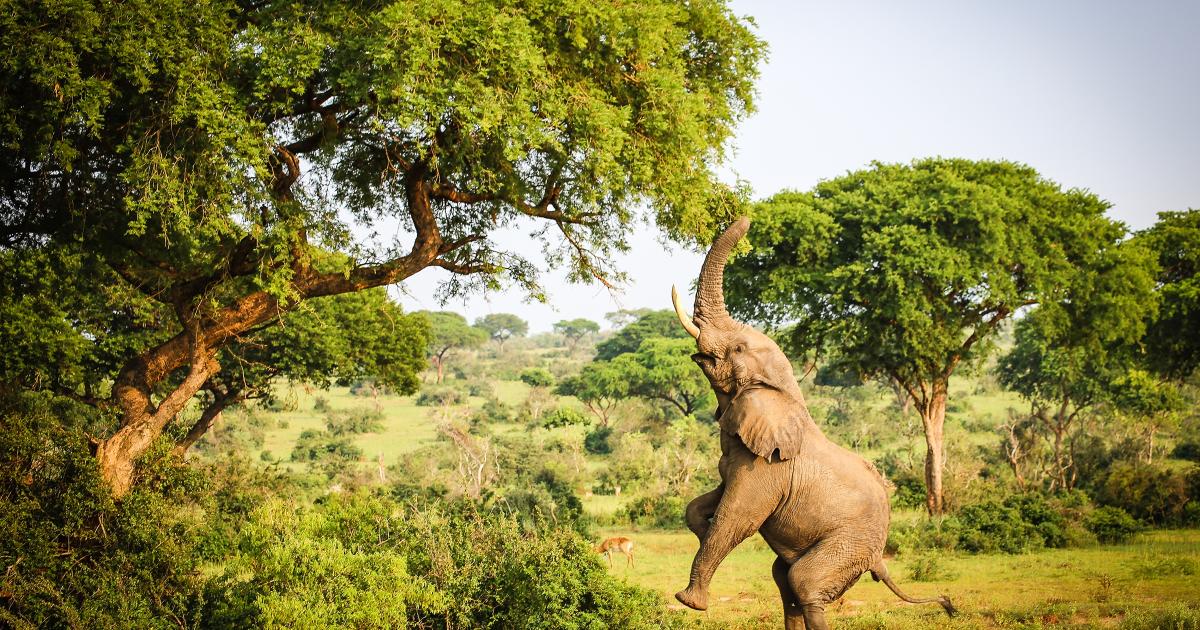wherearewegoing.net – In the vast theater of the natural world, a perpetual performance unfolds — the “Dance of the Elements.” This captivating spectacle features Earth, Water, Air, and Fire, each element moving harmoniously in an intricate ballet that shapes our planet. Their dance is a testament to the dynamic and interconnected forces that sustain life and create the mesmerizing landscapes we cherish.
Earth: The Foundation
Earth, the grounding force, provides the stage for this elemental dance. Its solid presence forms the mountains, valleys, and plains, offering stability and resources for all living beings. The movement of tectonic plates and the slow but steady processes of erosion and sedimentation are Earth’s choreography, sculpting the land over millennia. This element’s dance is slow and deliberate, yet powerful in its ability to shape the world.
Water: The Flowing Rhythm
Water brings fluidity and grace to the dance, its currents and waves creating a rhythmic flow that connects all corners of the globe. Rivers carve paths through landscapes, while oceans embrace continents, and rain nourishes the land. Water’s adaptability and persistence are evident in its ability to transform from gentle streams to raging torrents, each movement essential to the cycle of life. Its dance is both soothing and invigorating, embodying the essence of change and renewal.
Air: The Invisible Partner
Air, though invisible, plays a vital role in the dance of the elements. It carries the breath of life, circulating around the planet as winds that shape weather patterns and climates. From gentle breezes to powerful storms, Air’s movements are unpredictable and dynamic, a reminder of nature’s untamed spirit. Its dance is one of freedom and spontaneity, influencing all it touches with an unseen yet undeniable presence.
Fire: The Passionate Force
Fire, the most vibrant of the elements, adds intensity and energy to the dance. It is both a creator and destroyer, capable of sparking new growth with its warmth while consuming the old. From the sun’s radiant energy to the flicker of a forest fire, Fire’s presence is a reminder of transformation and rebirth. Its dance is fierce and passionate, a testament to the power of light and heat in shaping our world.
The Interplay of Elements
Together, these elements create a dynamic interplay, each influencing and being influenced by the others. Their dance is a continuous cycle of creation and destruction, harmony and discord, reflecting the balance that sustains life on Earth. The Dance of the Elements is a reminder of the beauty and complexity of nature, inviting us to marvel at the forces that govern our world.
Conclusion
The “Dance of the Elements” is an awe-inspiring performance that unfolds before us every day. As we witness this dance, we are reminded of the interconnectedness of all things and the delicate balance required to maintain harmony in nature. Let us cherish and respect this timeless performance, for it is the foundation of life and the source of endless wonder.

